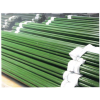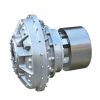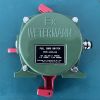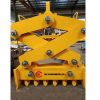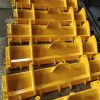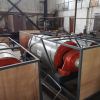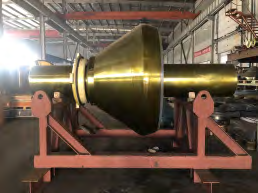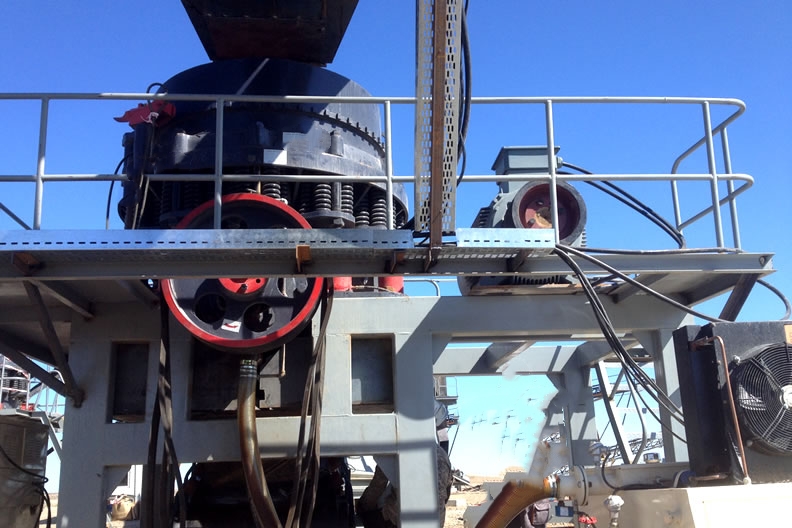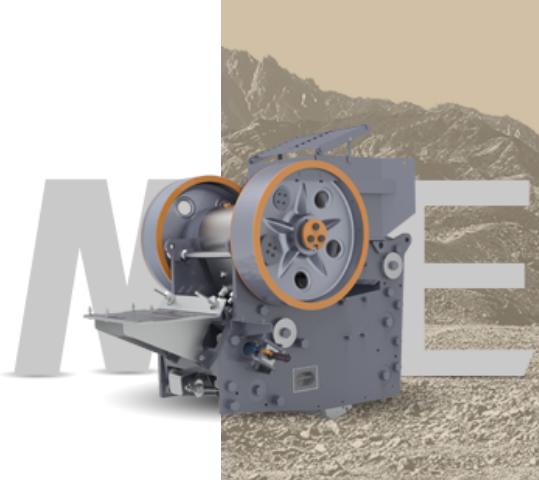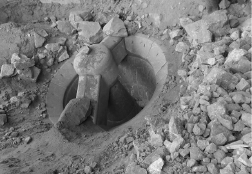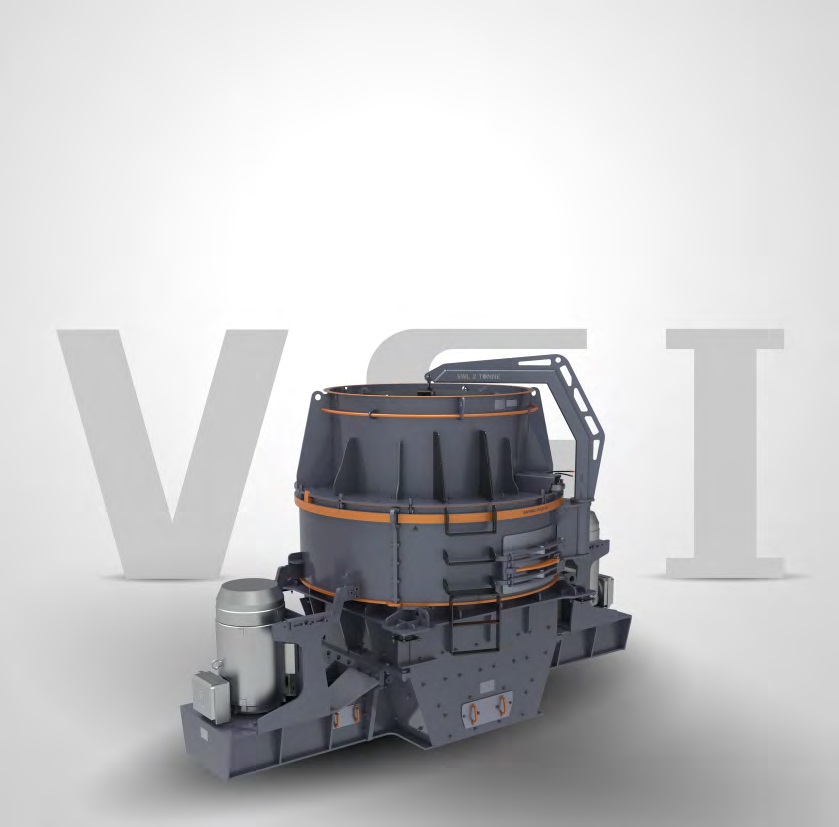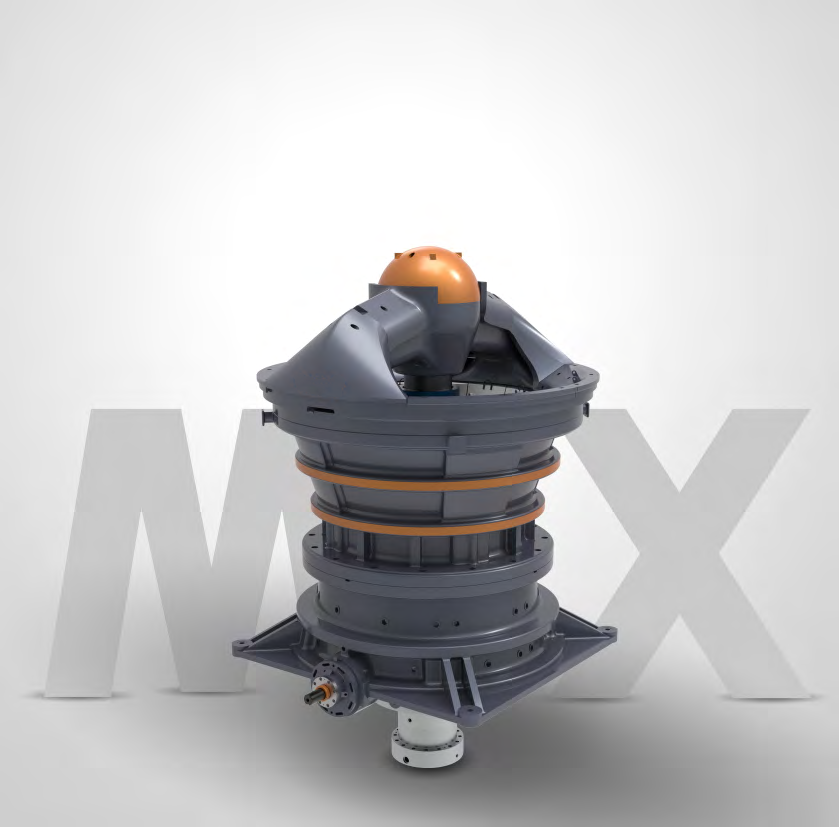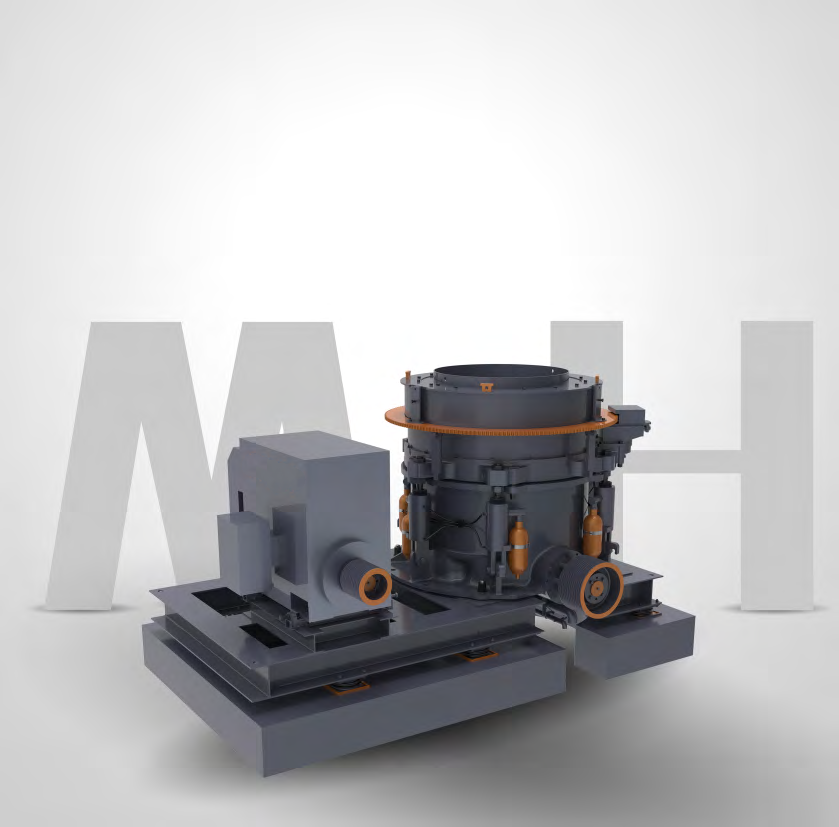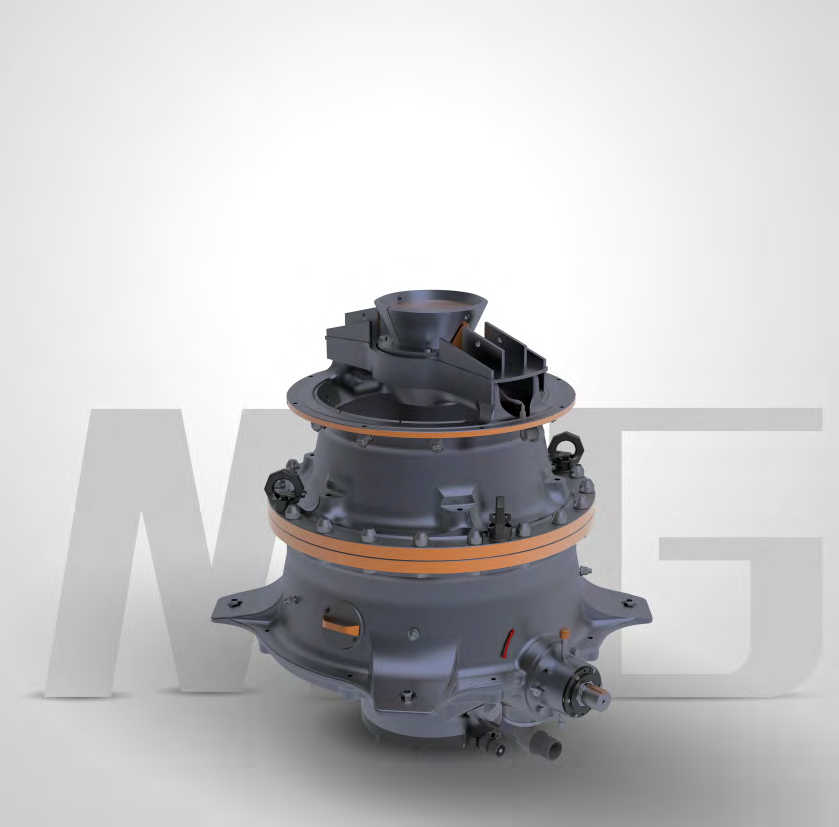SH/SS Series Single Cylinder Hydraulic Cone Crusher
Product Description
Single Cylinder Hydraulic Cone Crusher
SH and SS series hydraulic cone crushers are designed according to heavy-duty working conditions, and are suitable for medium and fine crushing operations in mines and stone industries of various scales. The constant crushing cavity design keeps the feeding and production capacity constant during the wear cycle of the lining plate , significantly reducing operating costs. As many as dozens of cavity types and one eccentric bush set 3-4 kinds of eccentricity, which greatly enhances the flexibility and adaptability of the equipment.
Compared with the SH series, the SS series has a steeper crushing cavity and a larger feed port, and is mainly suitable for secondary crushing with large feed particle size, or primary crushing in some special cases, and its lower frame could be interchangeable with that of the same specification of SH series crushers.
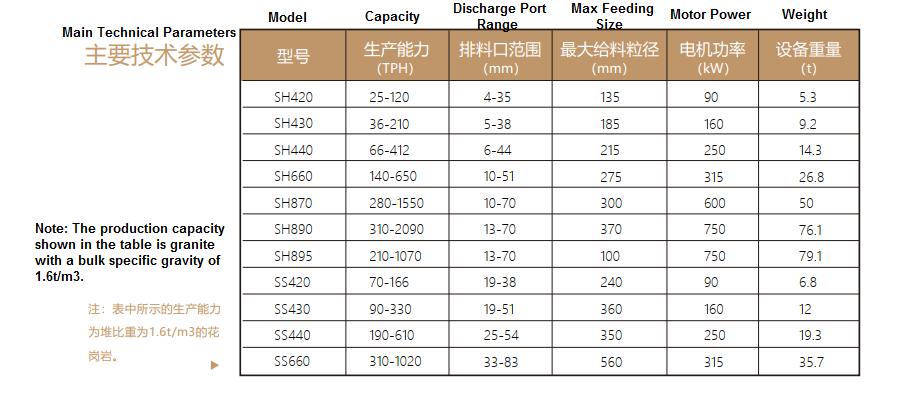
SH Performance Characteristics
1. EHD (extra heavy duty working conditions) design;
2. The two-point support of the main shaft bears the force, and the force condition is good;
3. Strong ability to overload and pass iron, improve operation rate;
4. The gear gap can be adjusted from the outside;
5. The eccentricity of the same eccentric sleeve can be adjusted to adapt to various working conditions;
6. The gear is a helical helical tooth with high transmission efficiency;
7. The angle between the moving cone is small, the lamination is broken, and the throughput is larger.
SS performance characteristics
1. SH/SS series of the same model, the lower frame could be in common use, reducing spare parts inventory;
2. SS feeding port is larger;
3. It is especially suitable for secondary crushing after the primary gyratory crusher or jaw crusher;
4. Inserting into the existing crushing circuit can greatly enhance the coarse crushing capacity.
Factors that affect the capacity
1. The feed contains viscous substances, or the moisture content is be equal or greater than 3%;
2. Whether the fine-grained content in the feed exceeds 10% of the processing capacity of the crusher;
3. The feed material is segregated or distributed unevenly in the crushing cavity;
4. The feeding material is too hard or tough;
5. Insufficient pre-screening or closed-circuit screening capacity or low screening efficiency;
6. The crusher operates at low load or at a power value far below the set value.
 O'zbek
O'zbek slovenský
slovenský Azərbaycan
Azərbaycan Қазақ
Қазақ Latine
Latine ລາວ
ລາວ български
български नेपाली
नेपाली فارسی
فارسی Javanese
Javanese Українська
Українська Lietuvos
Lietuvos Română
Română Slovenski
Slovenski پښتو
پښتو Punjabi
Punjabi Bosanski
Bosanski Malti
Malti Galego
Galego Afrikaans
Afrikaans Esperanto
Esperanto 简体中文
简体中文 Српски
Српски मराठी
मराठी Ελληνικά
Ελληνικά čeština
čeština Polski
Polski ไทย
ไทย Nederlands
Nederlands Italiano
Italiano Tiếng Việt
Tiếng Việt Deutsch
Deutsch français
français русский
русский Português
Português Español
Español 한국어
한국어 Svenska
Svenska Malay
Malay اردو
اردو norsk
norsk Indonesia
Indonesia عربى
عربى Gaeilge
Gaeilge Türk
Türk Pilipino
Pilipino हिन्दी
हिन्दी Dansk
Dansk বাংলা
বাংলা English
English
